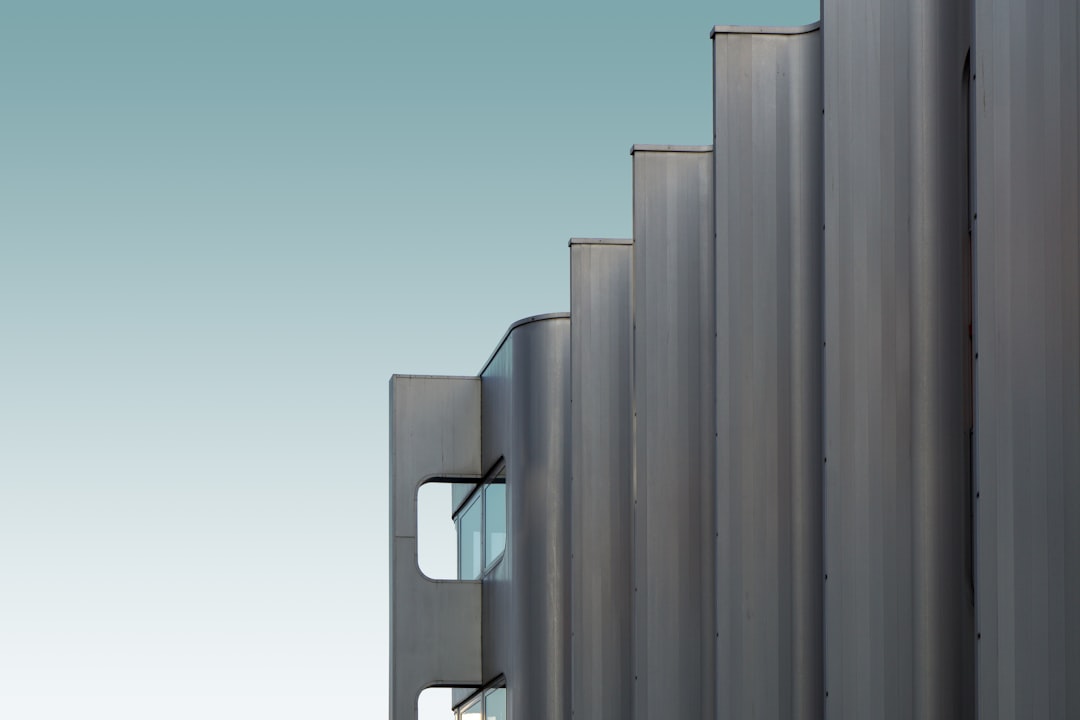In today’s increasingly noise-conscious world, effective sound control is paramount. Whether you’re designing a recording studio, a busy office, or a tranquil residential space, the ability to manage sound effectively is crucial. Acoustic steel profile systems offer a robust and versatile solution for achieving superior sound insulation and absorption, transforming noisy environments into peaceful havens. This comprehensive guide explores the intricacies of these systems, guiding you through their design, applications, installation, and the key factors to consider when choosing the right system for your project.
Understanding the Design of Acoustic Steel Profile Systems
Acoustic steel profile systems are engineered structures utilizing lightweight steel framing to create resilient and effective sound barriers. Unlike traditional methods that rely heavily on mass, these systems leverage a combination of mass and strategically placed acoustic materials to achieve optimal sound control. The system typically consists of a lightweight steel framework, sound-absorbing materials like mineral wool or fiberglass, and a facing material that can be chosen for aesthetic and acoustic performance. The steel framework provides structural integrity and stability, while the acoustic materials absorb and dampen sound waves, preventing their transmission. The design allows for flexibility in creating various configurations to meet specific acoustic requirements and architectural designs. The precise arrangement of the steel profiles and the type of acoustic material used significantly impact the system’s overall performance. Careful consideration of resonance frequencies is crucial in optimizing the design for maximum effectiveness.
The Benefits of Using Acoustic Steel Profile Systems
Acoustic steel profile systems offer numerous advantages over traditional soundproofing methods. Their lightweight nature simplifies installation, reducing labor costs and project timelines. The modular design allows for easy customization, adapting to complex architectural layouts and specific acoustic needs. These systems offer superior sound insulation compared to many other materials, effectively reducing noise transmission between spaces. Furthermore, they are durable and resistant to damage, ensuring long-term performance and minimal maintenance. Their fire-resistant properties also contribute to overall building safety. The flexibility in choosing facing materials allows for seamless integration with the overall aesthetic design of the space, making them suitable for a wide range of applications.
Applications of Acoustic Steel Profile Systems: Where They Shine
The versatility of acoustic steel profile systems makes them ideal for a variety of applications. They are frequently used in the construction of recording studios, where precise sound control is paramount. In office environments, they help create quiet and productive workspaces, reducing distractions and enhancing employee well-being. They are also increasingly employed in residential buildings to improve sound insulation between apartments or rooms, ensuring privacy and tranquility. Furthermore, they find applications in industrial settings where noise reduction is crucial for worker safety and productivity. Hospitals and healthcare facilities also benefit from these systems, creating quieter environments for patients and staff. The adaptable nature of these systems allows for their use in various settings, tailoring sound control to specific needs.
Installation of Acoustic Steel Profile Systems: A Step-by-Step Guide
The installation process generally involves several key steps. First, the steel framework is erected according to the designed specifications. This framework provides the supporting structure for the acoustic materials. Next, the chosen sound-absorbing material is carefully placed within the framework, ensuring complete coverage to maximize sound absorption. The facing material is then installed, providing a finished aesthetic appearance. Careful attention to detail during installation is crucial for optimal performance. Any gaps or inconsistencies can compromise the system’s effectiveness. Professionals experienced in acoustic installation are recommended to ensure proper execution and to achieve the desired level of sound control. Specific installation techniques may vary depending on the chosen system and the complexity of the project.
Choosing the Right Acoustic Steel Profile System: Key Considerations
Selecting the appropriate acoustic steel profile system requires careful consideration of several factors. The desired level of sound reduction is a primary concern. This will influence the choice of materials and the system’s design. The size and layout of the space also play a crucial role in determining the most suitable system. The budget allocated for the project will influence the choice of materials and the complexity of the system. Aesthetic considerations are equally important, as the system should integrate seamlessly with the overall design of the space. Finally, the ease of installation and maintenance should be considered, especially for large-scale projects. Consulting with acoustic engineers and experienced installers is highly recommended to ensure the selection of a system that meets all the specific requirements of the project.
Acoustic steel profile systems are a powerful tool for controlling sound in various environments. By understanding their design, benefits, applications, and installation, you can effectively leverage their capabilities to create quieter, more productive, and more comfortable spaces. Choosing the right system through careful consideration of your specific needs ensures optimal sound control and a successful project outcome.
Tags: Acoustic Steel Profile Systems, Sound Insulation, Noise Control, Acoustic Panels, Soundproofing Solutions




